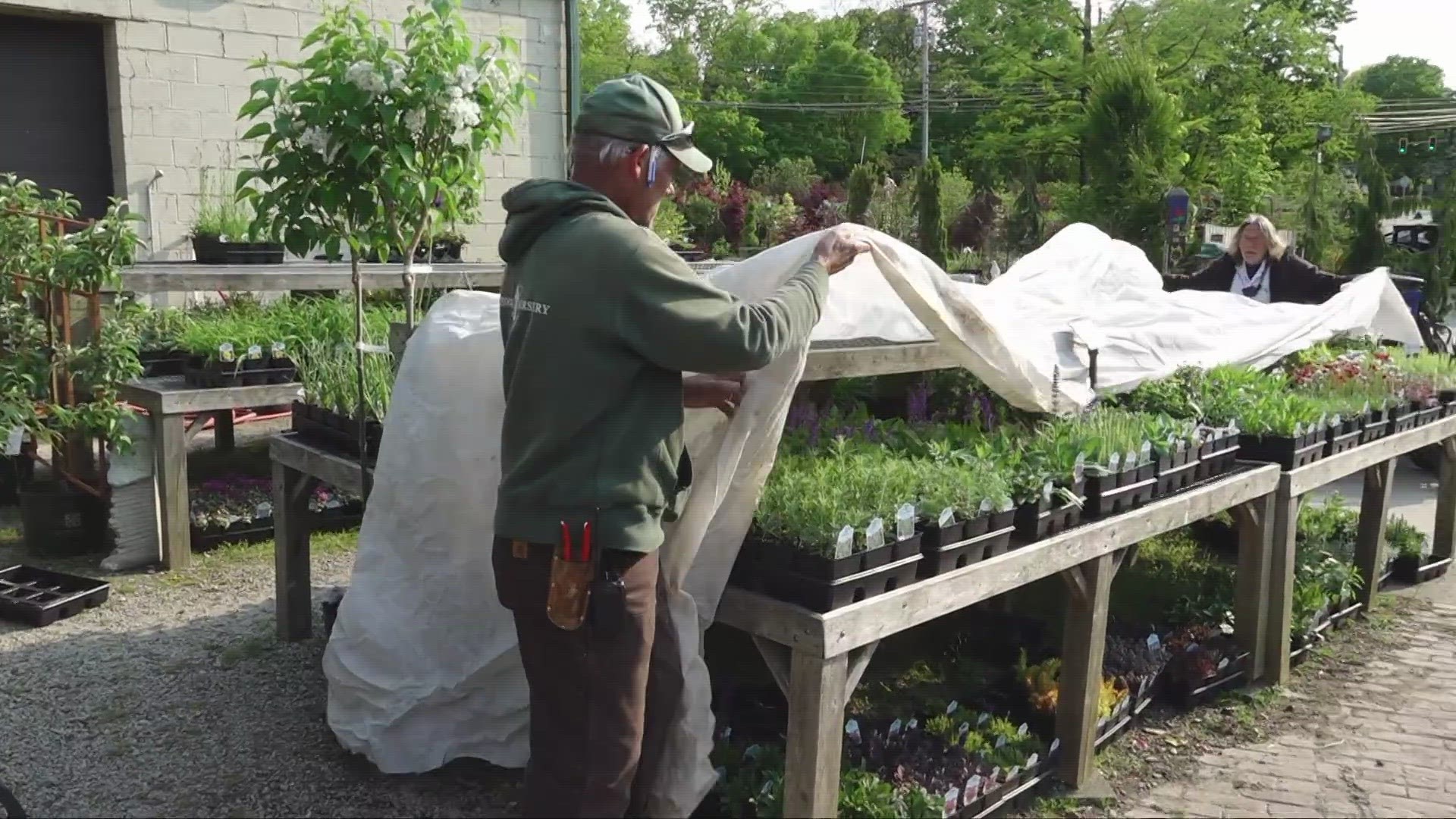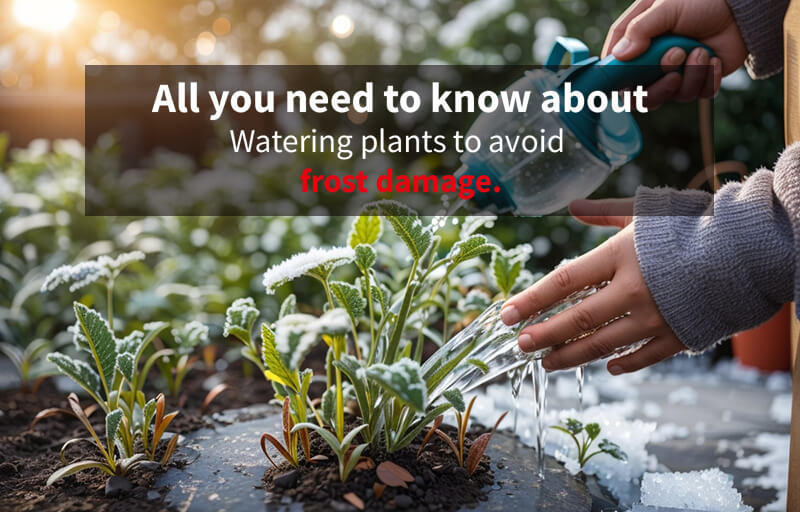Prevent fall frost damage in your garden by covering plants with a blanket or row cover, using burlap for roses, and insulating plants without covering them completely. Keep in mind the average frost dates in your local area and take preventative actions to protect your plants from freeze damage.

Credit: www.wkyc.com
Understanding Fall Frost Damage
Fall Frost Damage: Fall frost damage occurs when plants are exposed to freezing temperatures, causing harm to their delicate structures.
Effects of Fall Frost Damage: The effects of fall frost damage can include wilting, browning of leaves, and even death of the plant if not protected.
:strip_icc()/how-to-protect-plants-from-frost-04-5651994-e3d22e13b7324c67a5c9145f71d8c30c.jpg)
Credit: www.bhg.com
Identifying Vulnerable Plants
|
One of the best ways to prevent fall frost damage in your garden is by identifying vulnerable plants. Determining plant vulnerability is essential in order to take the necessary precautions and protect your plants from the cold temperatures. Some common plants that are susceptible to fall frost damage include tomatoes, peppers, cucumbers, and annual flowers. These plants are more sensitive to cold temperatures and can easily be damaged by frost. Other plants that are less vulnerable to fall frost damage include perennials, shrubs, and trees. These plants have a better tolerance for cold temperatures and are less likely to be affected by frost. When identifying vulnerable plants, consider factors such as plant type, hardiness zone, and maturity stage. Young and tender plants are generally more susceptible to frost damage compared to older and established plants. To protect vulnerable plants, you can cover them with blankets, row covers, or a layer of mulch. These protective measures can help insulate the plants and prevent them from being damaged by frost. |
Implementing Protective Measures
Preventing fall frost damage in your garden requires implementing protective measures. One way to do this is by choosing appropriate coverings. Blankets, row covers, or garden blankets can be used to cover your plants and trap heat to keep them warm. Another option is to apply heat conservation techniques such as insulating your plants with burlap. Additionally, utilizing frost-resistant plants can help prevent damage. These plants are hardy and can withstand cold temperatures better than others. It is important to keep in mind your local average frost dates when implementing these protective measures. By taking these precautions, you can effectively protect your garden from fall frost damage and ensure the health and longevity of your plants.
Strategies For Frost-resistant Gardening
To prevent fall frost damage in your garden, consider using covers like row covers or garden blankets, as well as burlap for insulation. Keep in mind your local average frost dates and protect frost-tender plants with these strategies. Additionally, consider watering well and choosing frost-hardy plants to protect your garden from frost.
| Plant Frost-Resistant Varieties | Choose plants like kale, spinach, and winter squash for cold tolerance. |
| Optimize Planting Locations | Place sensitive plants near structures or trees to shield them from harsh frost. |
| Implement Water Management | Water soil before a frost to retain heat and prevent cold damage to roots. |
Caring For Frost-damaged Plants
After a frost, assess your plants for damaged areas and prune accordingly, removing any affected parts to promote new growth. Additionally, provide post-frost care by protecting your plants with blankets or row covers to prevent further damage. It’s essential to keep in mind the local average frost dates to better prepare for future occurrences. Lastly, consider using burlap or insulating materials for roses to ensure their protection without causing any harm. By following these steps, you can effectively minimize fall frost damage in your garden.

Credit: greenessentialhub.com
Conclusion
As the season transitions, safeguard your garden with proper coverings and precautionary measures against frost. Understanding your local frost dates is key to successful protection. Utilize materials like blankets or burlap to insulate and shield your plants effectively. Stay informed and proactive to keep your garden thriving.
